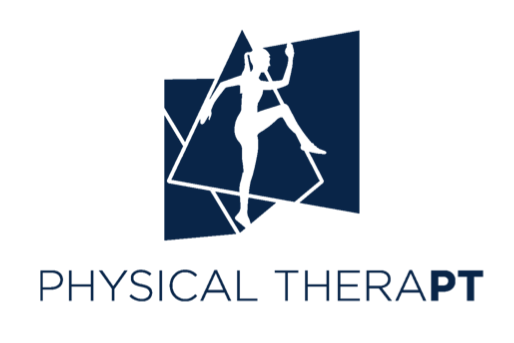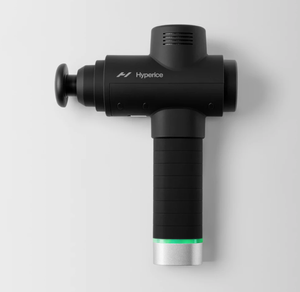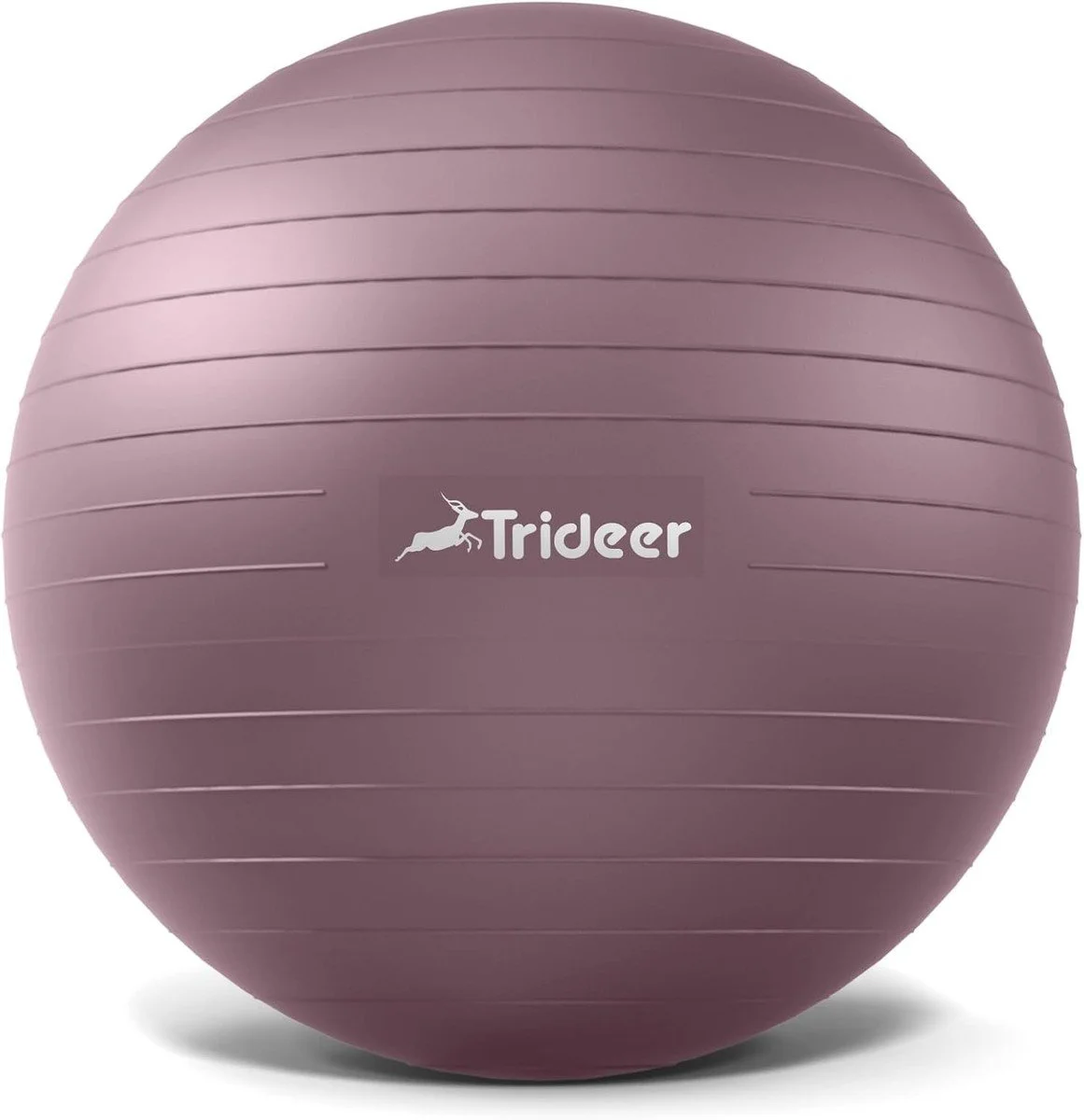Ever hear a pop when you squat, a crack when you roll your neck, or a grind when you climb stairs? That’s crepitus — the medical term for the noises or sensations that sometimes come from your joints.
Crepitus is common, and in most cases, it’s nothing to worry about. But sometimes, it can signal that your joint mechanics aren’t working as smoothly as they should. Let’s break down why it happens, when it’s normal, and when it may be worth a closer look.
What Exactly Is Crepitus?
Crepitus refers to the popping, cracking, grating, or crunching sounds (or sensations) that occur during joint movement. It can show up in many areas of the body, including the knees, shoulders, hips, spine, and even the jaw.
It’s not a condition by itself, but more of a sign that something is happening in or around the joint. A lot of times, that “something” is completely benign. Other times, it’s a clue that the joint is under stress (Drum et al., 2023).
Why Do Joints Make Noise?
There are several reasons joints produce crepitus, most of which are harmless:
Gas bubble formation (cavitation): Joints are lubricated by synovial fluid. When pressure inside the joint changes quickly, gas can form or collapse in the fluid, creating a distinct popping sound (Kawchuk et al., 2015; Fryer et al., 2017).
Tendons or ligaments snapping over bone: Soft tissues sometimes shift slightly during movement and then snap back into place, creating a click.
Surface changes in cartilage: If the smooth joint surfaces become uneven (such as in arthritis), movement can cause grinding or crackling noises.
Internal tissue catching: Soft tissue folds inside the joint, such as plica or meniscal edges, can occasionally cause popping or clicking (Drum et al., 2023).
How Common Is Crepitus?
You’re not alone if your joints make noise — crepitus is widespread, even in healthy people.
About 41% of knees in the general population show crepitus.
Even among people with no knee pain, roughly one-third still experience it.
In individuals with osteoarthritis, the numbers are higher — up to 81% report crepitus (Couch et al., 2025).
The takeaway? Joint noise is very common, and by itself, it doesn’t necessarily mean damage.
When Crepitus Is Harmless
Most of the time, crepitus is simply a mechanical quirk of how your joints move. It’s usually not a concern if:
The noise occurs without pain.
There’s no swelling, stiffness, or loss of motion.
It hasn’t been getting worse over time.
In these cases, there’s no reason to avoid movement — in fact, staying active can keep your joints healthier.
When Crepitus Might Signal a Problem
Crepitus deserves more attention when it’s paired with other symptoms. You may want to consult a physical therapist or physician if you notice:
Pain with movement or weight-bearing
Swelling, warmth, or stiffness in the joint
Locking, catching, or instability
Persistent or worsening grinding
Loss of function or activity limitations
In some cases, more intense crepitus has been linked with weaker surrounding muscles (like the quadriceps in the knee). This muscle imbalance can place more stress on the joint, making symptoms worse (Jakovacz et al., 2024).
Importantly, while crepitus is more common in people with osteoarthritis, studies show that crepitus alone does not reliably predict disease progression or need for joint replacement (Pazzinatto et al., 2018).
What You Can Do About Crepitus
If your crepitus is painless:
Keep moving. Regular activity nourishes cartilage and prevents stiffness.
Strengthen muscles. For example, strong quadriceps and hamstrings help reduce stress on the knee.
Stretch and mobilize. Increased flexibility can improve tendon and ligament function.
Simple Tools to Keep Your Joints Moving Smoothly
Crepitus can often be eased with tools that promote muscle relaxation and joint mobility. The Hypervolt massage gun with its heated attachment helps improve circulation, reduce muscle tension, and warm up tissues around the joints. Pairing it with gentle movements using an exercise ball encourages controlled mobility and improved joint function.
If your crepitus is painful or comes with swelling or dysfunction:
Check in with a physical therapist. They can identify whether the crepitus is harmless or potentially linked to a condition like arthritis, tendon overload, or a fibrocartilage injury (meniscus, labrum).
Follow a guided plan. Targeted exercises, joint protection strategies, and activity modifications can help reduce pain and restore confidence in movement.
Bottom Line
Joint noise by itself, even if it sounds dramatic, is usually nothing to worry about. But if crepitus shows up alongside pain, swelling, or loss of function, it’s your body’s way of telling you to pay closer attention.
The good news? Most causes of crepitus respond well to exercise, physical therapy, and healthy movement habits. So the next time your joints crack, remember: noise without pain is normal; noise with pain deserves attention.
References
Couch, T. A., Hall, M., Hussain, S. M., Teichtahl, A. J., Wluka, A. E., & Wang, Y. (2025). Knee crepitus: A systematic review of prevalence, incidence, and associations with knee osteoarthritis. Osteoarthritis and Cartilage Open, 7(1), 100471.
Drum, E. E., Jauregui, J. J., Probasco, S. K., et al. (2023). Knee crepitus: Current evidence and clinical relevance. Musculoskeletal Care, 21(3), 442–449.
Fryer, G., Pearce, A. J., & Herbert, J. J. (2017). Cavitation onset in the metacarpophalangeal joint: A physiological explanation of joint cracking. PLoS ONE, 12(4), e0174190.
Jakovacz, N., Mészáros, Z., & Farkas, J. (2024). Relationship between knee crepitus intensity and quadriceps muscle thickness. Manual Therapy, 66, 107102.
Kawchuk, G. N., Fryer, J., Jaremko, J. L., Zeng, H., Rowe, L., & Thompson, R. (2015). Real-time visualization of joint cavitation. PLoS ONE, 10(4), e0119470.
Pazzinatto, M. F., de Oliveira Silva, D., Azevedo, F. M., & Barton, C. J. (2018). Association between crepitus and progression of knee osteoarthritis: A longitudinal cohort study. Arthritis Care & Research, 70(3), 420–427.















